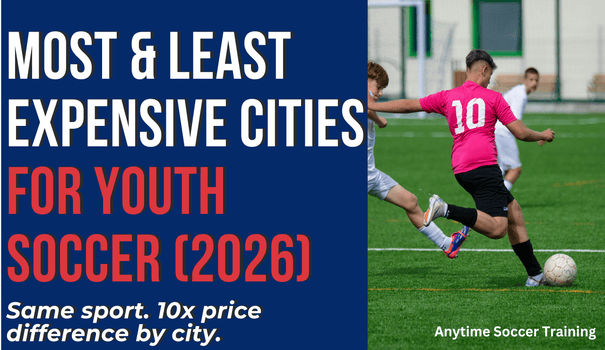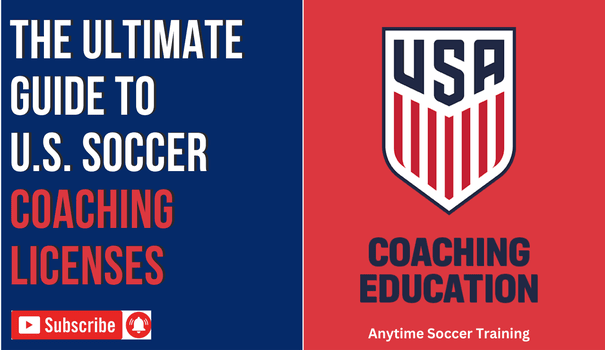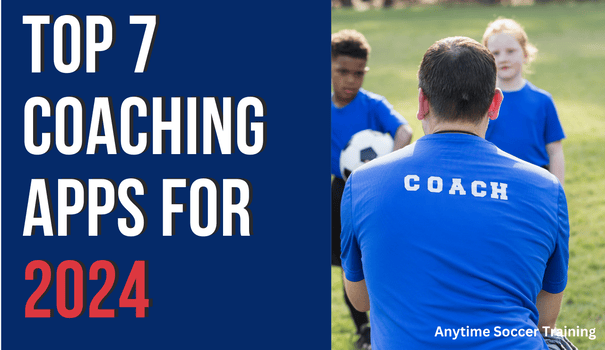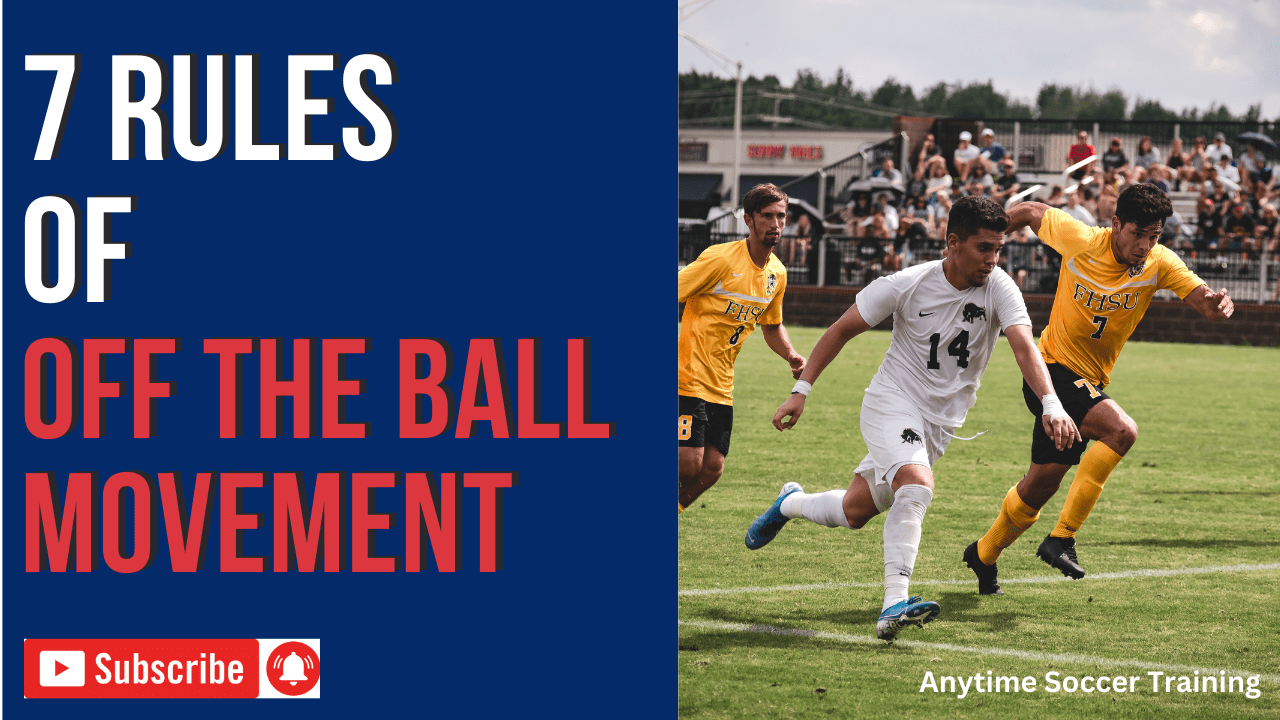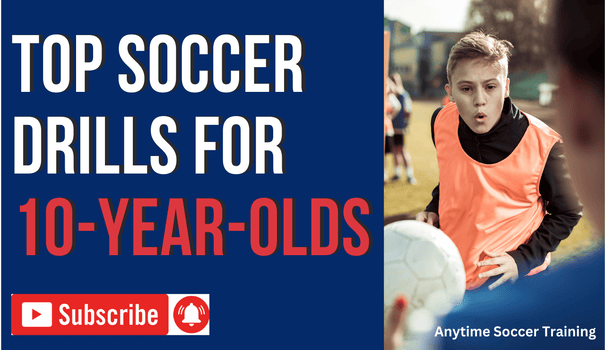
As a soccer parent, I love watching my kid play. The energy, the teamwork, the effort—it’s awesome. But what I’ve come to care about even more than wins and goals is this:
Is my child truly developing?
And not just on the field. I’m talking about growth as a player, a teammate, and a young person.
Over the years, I’ve seen a few things that great coaches and clubs do that make all the difference.
So if you’re a parent wondering what to look for, or a coach trying to support your team better, here are five key things your soccer program should be doing to support development—on and off the field.
1. Host Parent Meetings to Align Expectations
Let’s be honest—parents, players, and coaches often come into a season with very different ideas about what it’s going to look like.
Related: 20 Questions Every Club Should Answer
That’s why every club should start the season with a parent meeting and continue to have regular parent meetings during the season.
It doesn’t have to be long, but it should cover:
- Team goals and priorities
- Expectations for playing time, positions, and communication
- How will development be measured
What really helps is when coaches follow up mid-season. A short check-in (even by email or Zoom) goes a long way. It lets parents know how things are going, and it shows that the coach cares about development, not just results.
2. Create Personalized Development Plans Based on Each Player’s Goals
Every player has different strengths, challenges, and goals.
A great coach takes the time to understand each child as an individual and helps them build a plan to grow—not just as part of the team, but as their own unique player.
At the start of the season, coaches should talk with players about what they want to achieve. Maybe one kid wants to get better at 1v1 defending, while another wants to become more confident on the ball. When coaches recognize and support those goals, kids feel seen—and motivated.
Throughout the season, that plan can be adjusted based on progress, effort, and new challenges. It doesn’t have to be complicated—just a simple system of goal-setting, check-ins, and encouragement.
When players know there’s a plan for them, not just the team as a whole, they take more ownership, stay more engaged, and push themselves to keep improving.
3. Assign Structured Individual Training at Home
Let’s be real—one or even three practices a week isn’t enough for serious development. The best clubs provide individual homework that kids can do on their own time—and they make it feel like part of the team culture, not just a chore.
We help many teams use Anytime Soccer Training, and it’s a game-changer for them.
It has step-by-step videos, daily soccer sessions that are follow-along, and even tracks your child’s progress over time.
Here’s what we’ve noticed:
Kids are way more motivated when their whole team is doing it together and when the coach is actively involved.
Best part? Your team can get the platform for free this season, which makes it easy for everyone to get started. Click here to claim your free team account.
This kind of structured, supported at-home training accelerates development and keeps kids engaged long after practice ends.
4. Record Games and Encourage Player Reflection
One of the best ways for kids to understand the game—and themselves—is by watching their own play. That’s why recording games is such an important part of the development process.
We use a system called Traceup, and it’s been great.
Use our referral link to claim 20% off your Traceup subscription.
It automatically films the game, breaks it into player-specific highlights, and sends it straight to the kids and parents. No editing, no stress—just clear, personalized footage they can actually learn from.
What’s powerful is when coaches ask players to reflect on those highlights.
Things like:
- “What were you trying to do in this moment?”
- “What worked? What could you do differently?”
- “How did you feel in this part of the game?”
Kids can take notes or even just talk through a few clips with their coach or teammates. It builds awareness, confidence, and critical thinking—all key parts of long-term growth.
Video doesn’t just show the past—it helps shape the future. And tools like Traceup make it easier than ever.
5. Build Team Bonding Outside the Game
Team chemistry matters. And while on-field play helps, some of the best bonding happens off the field.
This doesn’t mean planning big trips or expensive events. Simple things like:
- Parent vs. player scrimmages
- Team potlucks
- Post-practice pizza night
- Weekend hikes or movie nights
These little moments make a big difference. When kids feel connected, they play more freely. When parents feel involved, the sideline becomes a supportive community.
Final Thoughts
Soccer development is about more than drills and games. It’s about creating an environment where kids grow mentally, physically, and emotionally—on and off the field.
So, whether you’re a parent, coach, or club leader, take a step back and ask:
“Are we setting these kids up to succeed beyond the final whistle?”
Because in the end, the goal isn’t just great soccer players—it’s great humans.
If you found this helpful, share it with your team or club! And if you’re curious about the Anytime Soccer Training tool we mentioned, request a free team account, and we will organize a demo.
